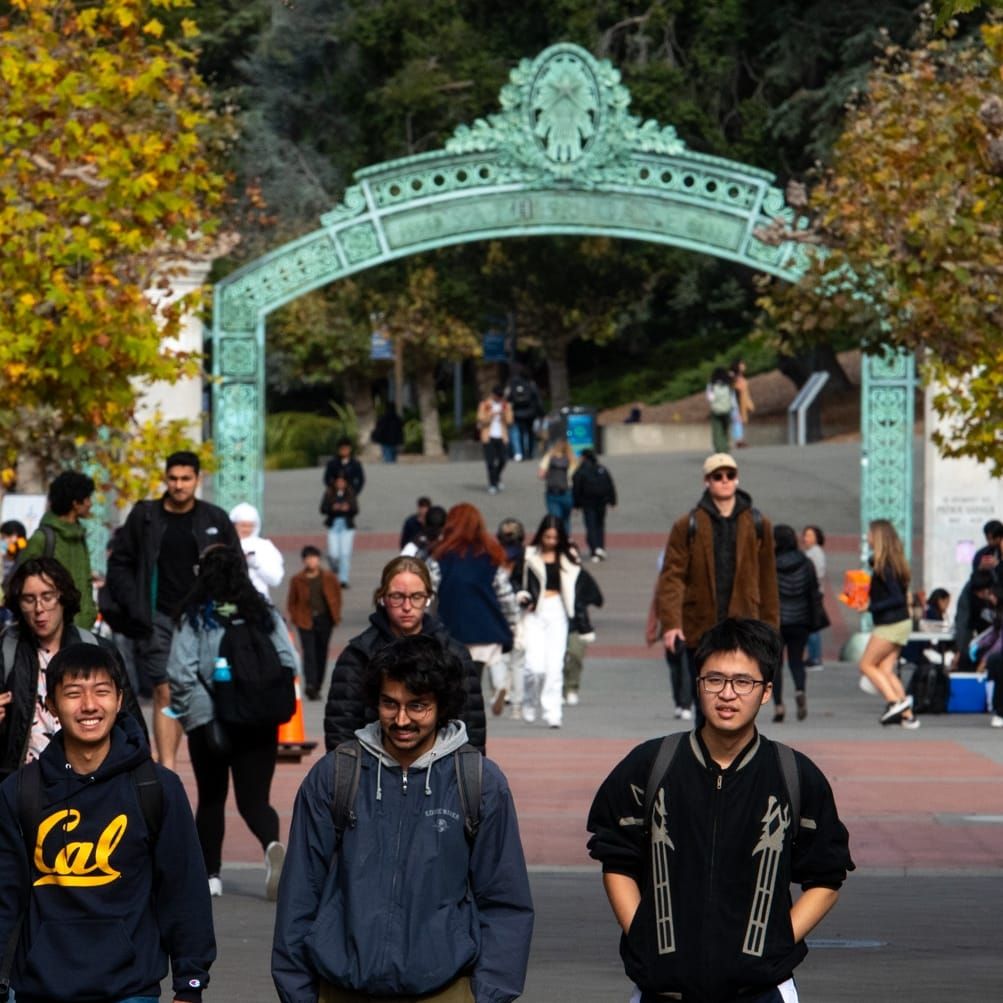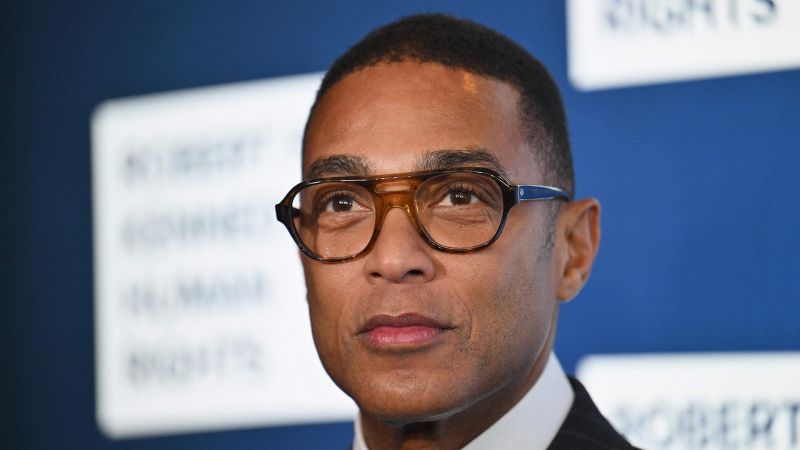Without affirmative action, how will colleges seek racial diversity?
Listen 8 min Comment on this story Comment Gift Article Share
Dire forecasts point to swift and substantial drops in Black and Latino enrollment, perhaps by as much as half, at some of the nation’s most prestigious colleges after the Supreme Court rejected race-based affirmative action Thursday. Wp Get the full experience. Choose your plan ArrowRight “Expect a shock,” said Michael V. Drake, president of the University of California, who is in position to know. A 1996 state law has barred UC from using affirmative action in admissions for the past quarter-century. After the initial thunderbolt, he said, came the hard work of making up lost ground. “We had to adapt. We’re still chasing, but we’ve made progress.”
Colleges have potential tools to pursue racial diversity without actually looking at race in admissions. Many of the options are challenging, controversial and maddeningly indirect.
Some steps are straightforward, experts say. Colleges will push harder to obtain diverse applicants from high schools and regions previously overlooked. They will scour an applicant’s essays, recommendations and life experience, often gleaning relevant information about racial and ethnic background. They will fiercely woo underrepresented students who get admission offers.
Then there are the SAT and the ACT, the standardized tests that most top colleges are likely to continue to make optional, cementing a movement that has reshaped admissions since the early days of the coronavirus pandemic in 2020. It is harder now, in the ruling’s wake, to envision elite schools reinstating a perceived barrier for those who are disadvantaged and can’t afford pricey tutors to boost their scores. Columbia University and William & Mary are among the schools that have made such test-optional measures permanent.
Advertisement
Colleges also can eliminate legacy preferences for children of alumni, who are often wealthy and White. They can reduce the number of slots set aside for recruited athletes in niche sports (such as squash or rowing), enroll more community college transfer students, expand need-based financial aid, reduce so-called merit aid (used to lure admitted students) and curtail early admissions programs that favor wealthy families. None of those steps guarantees racial diversity. All of them are difficult for institutional and, often, financial reasons.
In 2021, Amherst College in Massachusetts became one of a few highly selective schools to scrap the alumni admissions edge known as legacy preference, joining Johns Hopkins University and the Massachusetts Institute of Technology. The share of new students whose parents graduated from the college is expected to be about 6 percent this fall, said Amherst’s dean of admission and financial aid, Matt McGann, down from what had been typically 11 percent. The college does not use merit aid, does not require admission tests and does accept transfers from community college. (Amherst still has an early-decision admissions program, and a sizable number of its 1,900 students are recruited athletes.)
Last fall, a relatively high share of its students were African American (11 percent) or Latino (16 percent). In all, about half of its entering class will be students of color from the United States, McGann said. But college leaders fear the elimination of race-conscious admissions will knife by half the numbers of Black, Latino and Native American students.
Advertisement
“We’re going to always try to do what we can,” McGann said.
Across the country, college leaders are asking: What can we do now?
The ruling struck down race-conscious admissions at Harvard University and the University of North Carolina at Chapel Hill — and, by extension, programs like them all around the country. Supreme Court Justice Neil M. Gorsuch, who joined the majority ruling, criticized Harvard in a concurring opinion for giving an edge in admissions to legacy candidates and certain favored others.
“Its preferences for the children of donors, alumni, and faculty are no help to applicants who cannot boast of their parents’ good fortune or trips to the alumni tent all their lives,” Gorsuch said. “While race-neutral on their face, too, these preferences undoubtedly benefit white and wealthy applicants the most.”
College students gathered in Washington D.C. on June 29 to protest the Supreme Court’s ruling to restrict affirmative action. (Video: Nyrene Monforte, Reshma Kirpalani, Jorge Ribas/The Washington Post)
Harvard declined to comment Friday on its stance concerning legacy admissions, and top university officials have not been available for interviews since the ruling. “For many, this decision feels deeply personal,” Claudine Gay, who takes office Saturday as Harvard’s first Black president, said in a video message. “It means the real possibility that opportunities will be foreclosed. But at Harvard, it has also strengthened our resolve to continue opening doors.”
Advertisement
Analysis of Harvard’s internal data during the lawsuit showed that the share of Black students in an entering class could plummet without race-conscious admissions, falling from 14 percent to about 6 percent. The Latino share, the analysis found, could drop from 14 percent to 9 percent. When UC-Berkeley implemented California’s affirmative action ban in 1998, the Black share of its freshman class fell by half, to 3 percent.
Public universities in nine states with affirmative action bans — including California, Florida and Michigan — have been running for years without race-conscious admissions. Leaders of UC and the University of Michigan warned the Supreme Court that they have tried many race-neutral techniques and still fallen short of their diversity goals. Latino students, state data show, account for about 56 percent of California’s public school enrollment but 19 percent of UC-Berkeley undergraduates.
Admissions leaders at UC-Berkeley, one of the system’s most competitive schools, say they have deepened their efforts to recruit in disadvantaged neighborhoods, expanded Spanish-language outreach and intensified holistic review of applications. U-Michigan has taken similar steps.
“These race-neutral programs and approaches, although they’re effective, have taken a long time,” U-Michigan President Santa J. Ono said. “Not only are they difficult, but they haven’t completely regained the ground” that was lost after the state’s affirmative action ban in 2006.
Advertisement
U-Michigan has a commitment to a “truly holistic” admissions review, Ono said. “That means relying less on grades, numbers of AP tests, standardized test scores, ACT and SAT, and focusing more on responses to essay questions where students can actually articulate their context, their challenges that they’ve overcome.” The university has managed to recoup much of the loss in racial diversity it suffered after the state’s ban, but Black undergraduate enrollment has not recovered. The share of Black undergraduates was 7 percent in 2006, university data show, and 4 percent last fall.
Before the ruling, admission leaders and lawyers around the country strategized for months over what would be permissible. Shannon R. Gundy, assistant vice president for enrollment management at the University of Maryland, which until now has considered race as a factor, told higher education leaders in April that universities should advise counselors on strategies for writing letters of recommendation and students about writing admission essays.
“Right now, students write about their soccer practice, they write about their grandmother dying,” Gundy said. “They write about the things that are personal to them. They don’t write about their trials and tribulations, they don’t write about the challenges that they’ve had to experience, and they don’t know how to and they don’t want to. We’re going to have to educate students in how to do that.”
Advertisement
For liberal arts colleges, fallout from the ruling could be severe. They do not draw as many applicants as the Ivy League schools or major state flagships. They depend significantly on alumni donations and tuition revenue. Most of them have legacy admission preferences, and they strive to compete in NCAA Division III sports. Yet they are deeply committed to racial diversity.
At Vassar College in New York, parents and students have peppered Elizabeth H. Bradley, the school’s president, with questions. “The country has been waiting for this decision, and people are eager to understand the full scope of what it means and what it will mean for their child,” Bradley said.
Bates College in Maine was founded in 1855 by abolitionists. Its first Black president, Garry W. Jenkins, takes office this weekend. Its leaders are worried. Of 1,800 students at Bates, federal data shows, about 6 percent identify as Black, 7 percent as multiracial and 8 percent as Latino.
Advertisement
“We will not allow the Court’s decision to diminish our commitment to our current students or the students we will continue to seek out,” Jenkins and the college’s outgoing president, Clayton Spencer, wrote in a joint statement. “We will take this opportunity to do what we do best: think creatively and experiment with new strategies consistent with the law that will allow us to continue to craft a class with diverse identities, life experiences, interests, and perspectives.”
Spencer said the college will comply with the law but will not give up on diversity. “Yes, this makes it harder,” she said. “That’s why it’s so concerning.”
Gift this article Gift Article
Source: The Washington Post


